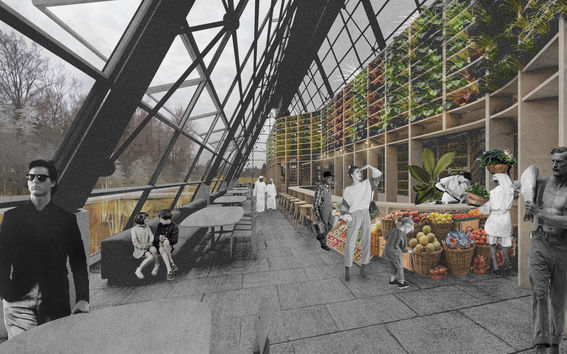New Life of Gardenia - adaptive reuse concepts for the former nature center in Viikki

When
Where
The most sustainable building is the one you don’t build. Choose adaptive reuse instead.
As cities develop and societies change, there are buildings who find themselves in the wrong locations with the wrong functions. Instead of causing a huge carbon spike by demolition and new construction, a new life should be given to them.
Last spring master students of architecture developed 15 fantastic ideas for the future use of Gardenia Helsinki in Viikki. The Gardenia was built in 2001 but fell empty already in 2015 as the original business idea of a nature center proved unfeasible. The City of Helsinki is currently trying to find a new use and a new owner for the building. The City has also pledged to become carbon neutral by 2035. In order to reach that, the life span of existing buildings needs to be a lot longer than a decade.
Come and see how the Gardenia would work as a vertical farm, a mosque or a school!
Adaptive Reuse of Buildings is a Master Studio course organized by Building Technology in the Department of Architecture. This project was done in collaboration with The City of Helsinki.
The team:
-
professor Mikko Summanen, university teacher Elina Koivisto, Sasu Marila, Ismo Kontoniemi, Asko Laune
-
Students: Emil Blücker, Tamara Borges, Jan Cech, Kwun Chan, Franziska Dalheimer, Matthias Fattinger, Matti Jänkälä, Elina Järvelä, Svenja Lindner, Anna Markkula, Zhuoying Ren, Helga Steen-Johnsen, Jiaqi Wang, Matias Wikse, Chengfan Yang, Mengfei Zhou
Contact:
- Elina Koivisto, elina.2.koivisto@aalto.fi, +358 50 5059470
Hack our habitat
Aggressive urbanisation is straining our ecosystem. Rising construction volume causes massive demand for energy-intensive construction materials, and construction already accounts for 39 per cent of the global CO2 emissions.







